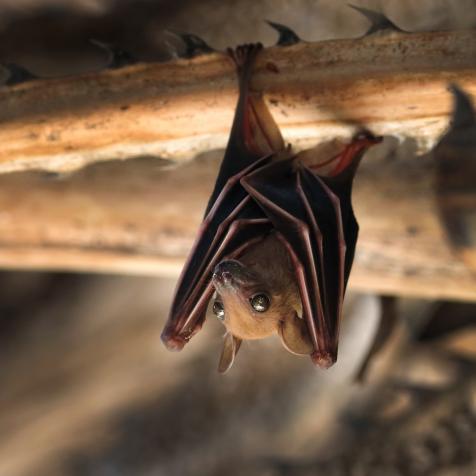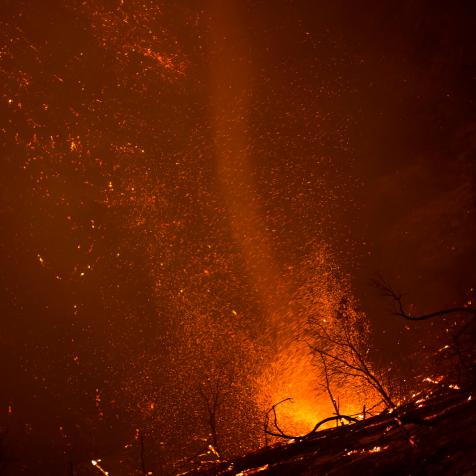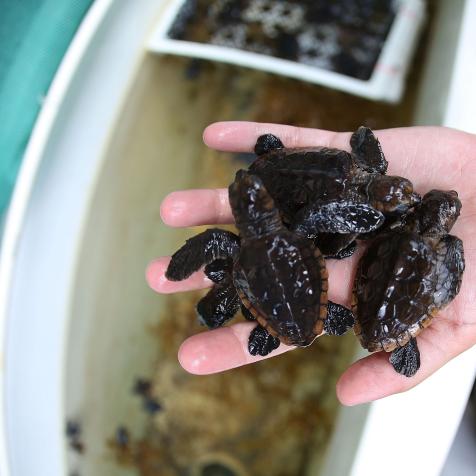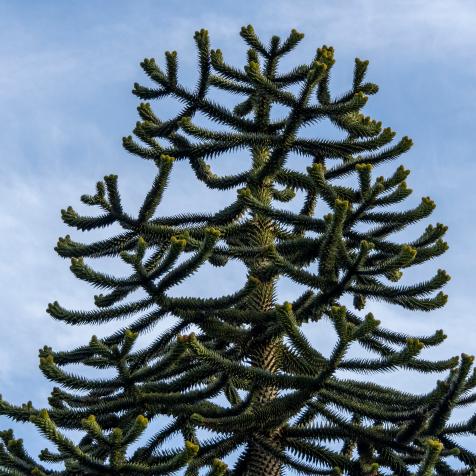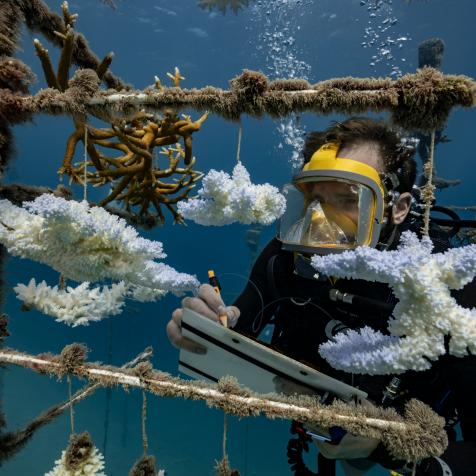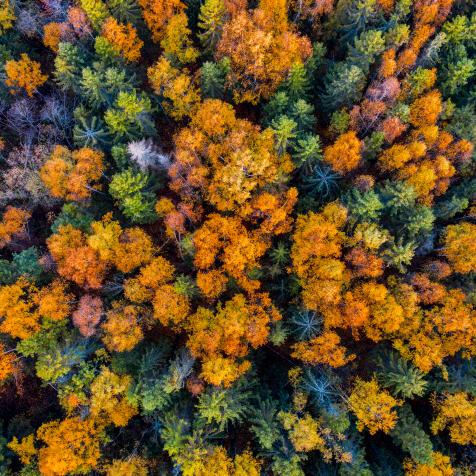
Credit: APOPO
Hero Rats Are Being Trained to Rescue Earthquake Survivors
These intelligent African giant pouched rats are helping humans save lives through search and rescue missions while wearing tiny backpacks.
In Morogoro, Tanzia, British research scientist, Dr. Donna Kean is training 170 rodents to be sent into earthquake debris to do vital work in finding earthquake survivors. The project has trained about seven rats to date, taking around two weeks to get the rescue rats up to speed. These rescue rats are sent into mock earthquake debris with tiny prototype backpacks that contain microphones, video gear, and location trackers. These tools will allow the rescue teams to communicate with earthquake survivors in real-time.
Dr. Kean expressed how the rescue rats are ideal for this type of work saying, “Rats would be able to get into small spaces to get victims buried in rubble.” The highly nimble rodents never set off landmines and their natural agility makes them ideal for use in hard-to-navigate disaster zones. Their suitability for this work goes further, with rats being adept at surviving in different environments and living off of anything. The rescue rats are even being trained to respond to beeps that call them back to their base.
Dr. Kean’s team collaborates with the non-profit organization APOPO for their “Hero Rats” project. These “Hero Rats” are set to start working with a search and rescue team in Turkey, joining earthquake rescue efforts in the high-risk area. The group of 170 rats is being trained for additional projects involving landmines, tuberculosis, and even sniffing out Brucellosis, an infectious disease that impacts livestock. Dr. Kean feels hopeful about her project’s promising results and is excited to be the only organization in this space working with this species.



































































